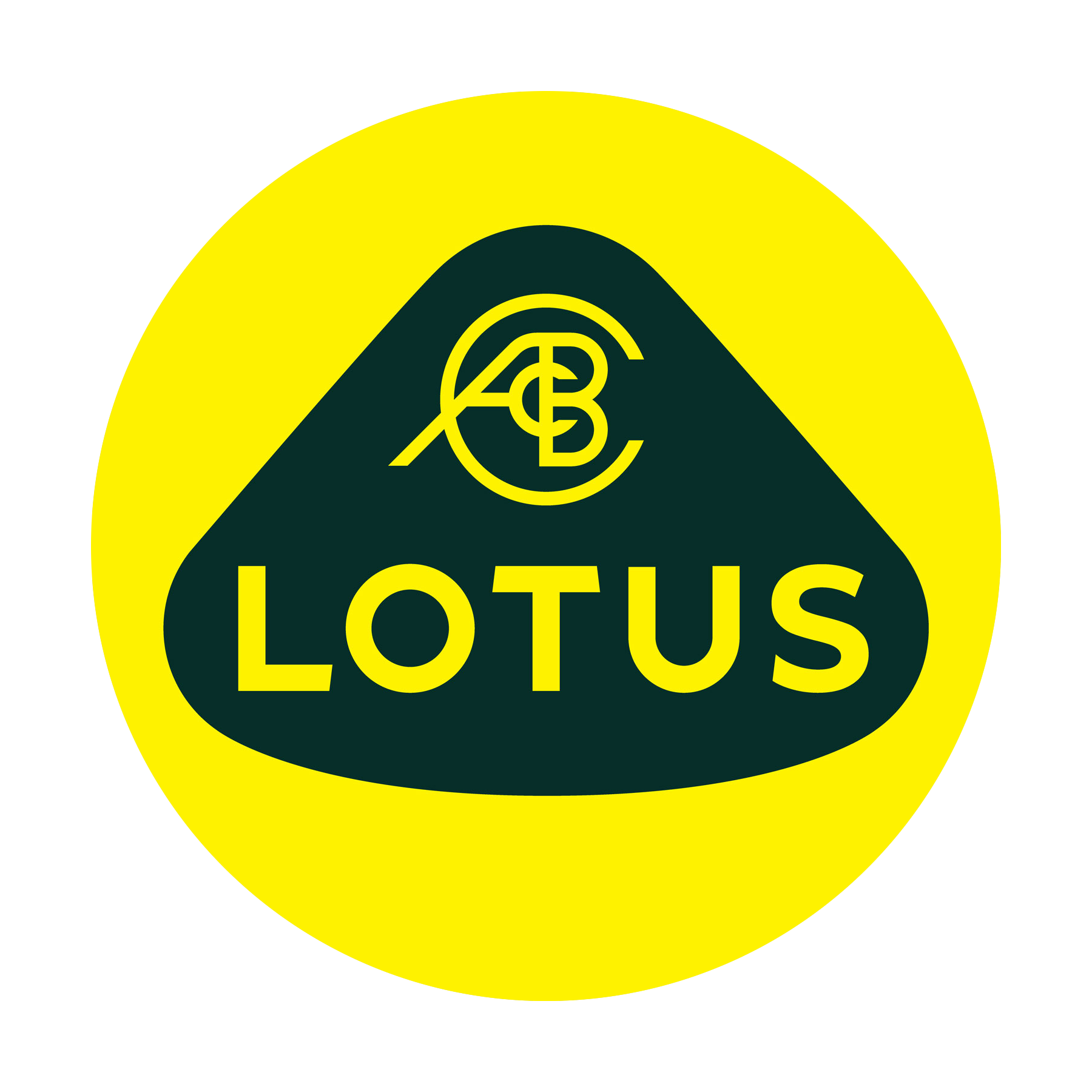In 2017, Geely acquired a 49.9% stake in Proton from Malaysia’s DRB-HICOM, and the two parties will jointly operate the brand.
In this transaction, Geely only spent $65 million to acquire a 51% stake in Lotus from the “oil bottle” Proton. Today, with new forces emerging like bamboo shoots and often spending billions of dollars, it can be said that Geely’s acquisition of Lotus is a top-notch bargain.
Considering the additional costs that Geely may pay for controlling stakes, Lotus was valued at just over $100 million in 2017. Currently, Ferrari is valued at about $50 billion and Porsche at about $31 billion.
The founder of Lotus, Colin Chapman, founded Lotus Engineering in 1952. Graduated from the UCL Structural Engineering major in the UK and with flying experience, he is committed to “Simplify, then add lightness”, because anyone who has studied physics knows that “Adding power makes you faster on the straights, subtracting weight makes you faster everywhere.”
This subversive engineering spirit has always been accompanied by Lotus, which often lightweight even in terms of finance.
- In the 1950s, the brand was founded and aviation concepts were incorporated;
- In the 1960s, a monocoque body was introduced;
- In the 1970s, the potential of downforce was explored;
- In the 1980s, groundbreaking ground effects were created;
- In the 1990s, Elise was created with a squeezed aluminum alloy body;
- In the 2000s, participated in the Tesla Roadster project;
- In the 2010s, developed the first electric hypercar Evija;
- In the 2020s, after the final gasoline car Emira, fully embraced electrification and intelligence.
The four platforms mentioned in the recent Emira “naming release conference” are exclusively owned by Lotus within the Geely Group, but Lotus has the right to sell them to other OEMs. Does this mean that Geely’s degree of control over Lotus is not as high as the 51% controlling stake suggests?First impressions may lead us to think that the British don’t follow the rules, selling to competitors rather than their own. However, upon further consideration, this kind of “defiance of authority” may actually reflect the technical strength and refusal to conform to homogeneity that the British possess. After all, among the four platforms, three are racing platforms. Lotus, with more independence in research and development as well as business, may be able to accomplish what Volvo, touted as a benchmark for overseas acquisitions, could not: becoming a super luxury brand under Geely’s umbrella, and raising the company’s flag higher in Geely’s multi-brand strategy.
In terms of logic, a successful merger and acquisition case is one where both the buyer and the seller are able to get what they need. As a top-tier vehicle engineering consulting service provider in the industry, almost no OEM has not used Lotus Engineering’s services. On the external business side, Geely can also share in the profits. This is clearly one of the reasons why Geely is willing to consider continuing to invest $1 billion USD in the development of Lotus. And if Lotus can maintain its brand characteristics and technical independence while gaining access to the huge Chinese market, this kind of differentiation should be welcomed by both old fans and new customers.
_🔗Source: Lotus _
This article is a translation by ChatGPT of a Chinese report from 42HOW. If you have any questions about it, please email bd@42how.com.
